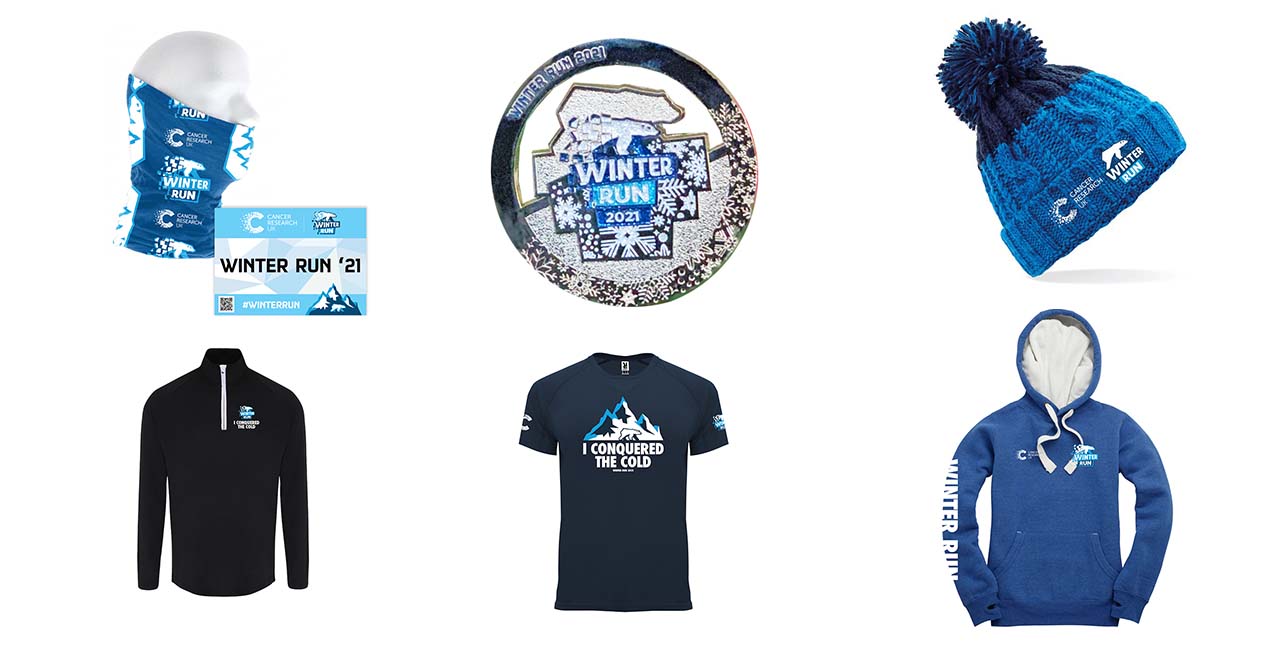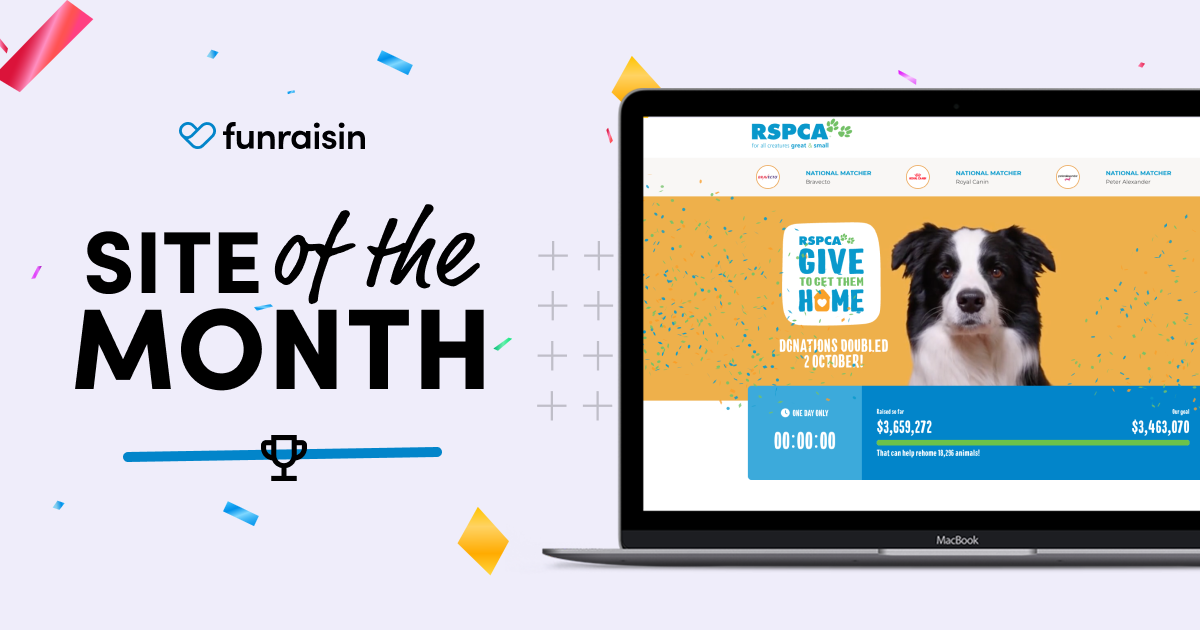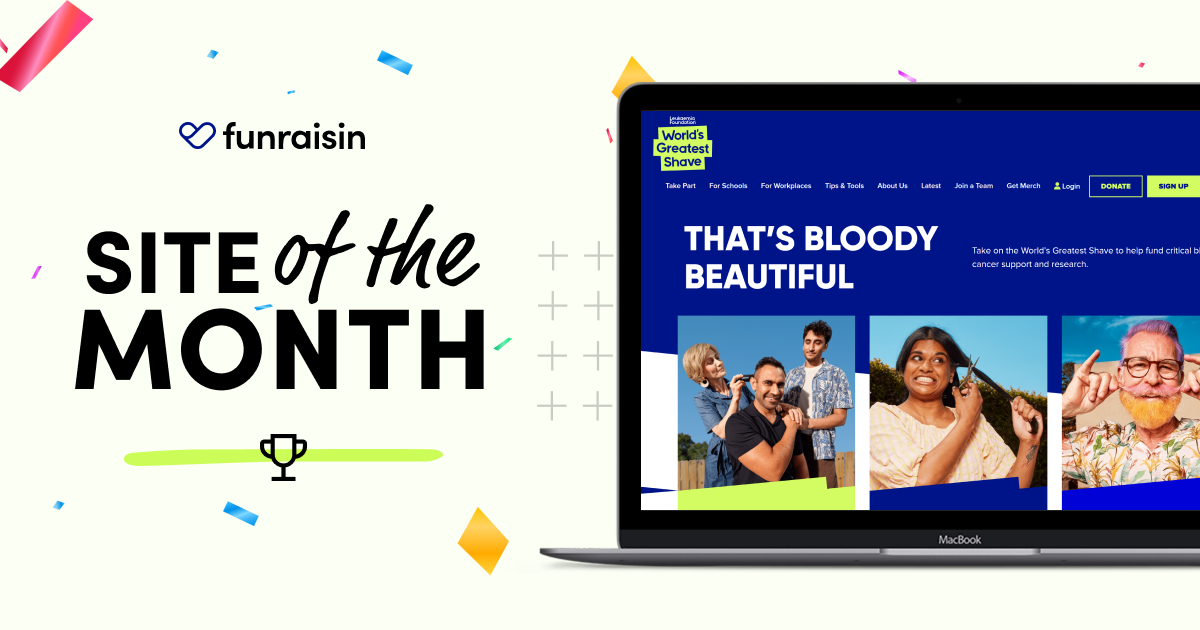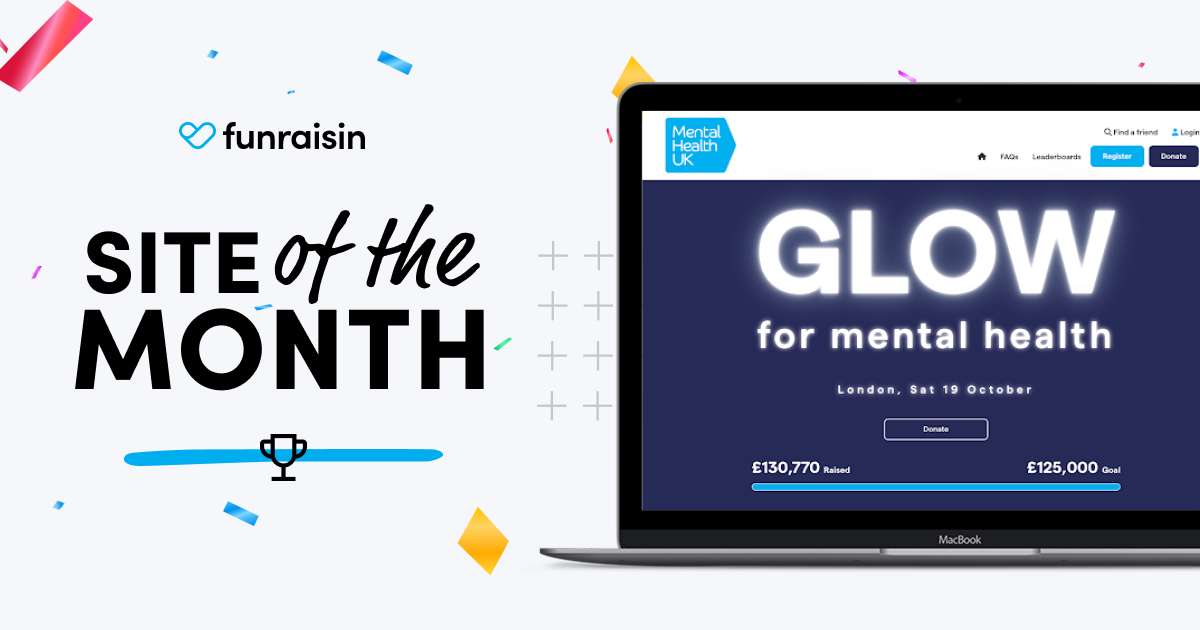Fundraising is evolving, and one part of that is about making it more fun.
The idea of gamification in fundraising isn’t a new one, though it’s true we still don’t see enough charities build their fundraising events and challenges with a gamification structure in mind to start with. That said, the presence of leaderboards, gamification badges, and points systems is growing. But why is that the case, and why does that matter?
Gamification is a modern science, and it makes ‘grunt work’ fun
There are a couple of areas to cover here, but i’m going to start with referencing a man that I think is pretty interesting. Gamification pioneer Yu-kai Chou points out on his blog that game-style motivation can inspire motivation. Referencing the often-repetitive tasks within video games, particularly games that require you to “level up” (he names mobile apps such as Angry Birds and Candy Crush), Yu-kai points out that players will enjoy this despite it being the game’s equivalent to “grunt work”.
Generally, no one likes to do grunt work, and it requires a strong work ethic and will to complete it. But kids, who again are assumed to have no discipline or work ethic, are somehow sacrificing sleep and risking punishment to complete seemingly pointless grunt work for fun.
Yu-kai goes onto explain that for those players, they understand a bigger picture – for them, the repeated task (often known as 'grinding') is a means to an end. They have a larger goal in front of them. Their actual mission is to complete the game, or to beat the boss, or to get the high score. As event organisers, we should strive to provide this “hero’s journey” experience to our fundraisers. By rewarding their intent to do good (displayed by signing up, they have already justified our support: we want them to achieve their potential both in terms of completing the event and raising money for our cause.
There is human effort behind these badges…and that makes them important.
So for this point, I’m going to reference an event currently live; it’s for Cancer Research UK and it’s called the Virtual Winter Run. This is an established event that has adapted to a virtual version due to the global pandemic. It’s an excellent example of some really fun gamification and incentives, and they are going to reinforce my point. Please keep in mind it has currently raised over £400,000 (A$700,000).
 Progress bars like the one found on the Virtual Winter Run's home page are gamification techniques too.
Progress bars like the one found on the Virtual Winter Run's home page are gamification techniques too.
Gamification is about rewarding key behaviours, and generally is rooted in positive reinforcement. We know that a fundraiser who shares on social media is going more likely to receive donations. That being said, it’s unlikely anyone wants to collect a just one virtual badge. Especially when you consider that this means there are social dynamics, family politics and fundraiser fatigue to contend with! So what helps move the needle in convincing people to take these key actions? Perhaps that social for some people will be a slow burn, the last one of the set allowing them to complete their collection. For others it might be the obvious easy win, and the first step to fundraising. How can we cater to both these persona types and more?
Is your event powered by Funraisin?
GET IN TOUCH & LET'S DISCUSS YOUR EVENT OR APPEAL
Step 1. The incentives must match the journey of your participants

Imagine this- you are working really hard on a project, and a friend leans over your shoulder and says “I was really impressed with how you did that [insert very specific to your project item] thing, that is inspired”. In that moment, your friend has acknowledged your effort, understood your direction, and encouraged you to keep going. It’s a rare thing, and you have a good reason to feel delighted (if you have friends like this, keep them around, we could all do with more of them!).
Badges and rewards play this role. They are like little moments where they say “you aren’t all the way yet, but we see your effort! keep going!”. You would also likely dismiss this complement if they misunderstood your effort. If you complement a doctor or a nurse on their scrubs, they are likely to not take it too seriously. Complement their life-saving diagnosis or treatment, and you've earned their respect and appreciation.
That’s why the more human your messaging in this area and the more genuine your connection to your supporters and participants, the more successful your event will be. It’s also worth noting…
Step 2. By rewarding “easy wins” as well as the tough challenges, you drive up motivation!

So you’re rewarding based on some key behaviours…but how many of your badges are for the fun of it? Sometimes, our participants might be struggling to hit the big goals, so it might be nice to add in a couple of “easy wins” in there too. Winter Run has the “FRILUFTSLIV” badge - which technically only needs one run logged, but also means you have “embraced the Norwegian lifestyle by going outside in the winter months” or the “BEAR CHILLS AWARDS” is a single run in January. The effect here, is that a demotivated runner, or perhaps a reluctant runner (ahem, you might say a member of their “cold audience” haha) may unlock a 3k, and a 5k, and a couple of extra badges too on their first run! It will feel similar to the friend’s complement “Oh hey that’s nice!”, and increase that motivation.
Step 3. Tie your badges to real life incentives wherever possible.

So as a participant, my effort is now being acknowledged, and my smaller efforts are even being given credit for with the easy-wins, and some extra challenges to get me moving. It’s easy to assume that going to be fully engaged as a supporter. The hard truth here, is some of your supporters will be and some won’t. Some will be very enthusiastic from the start, and will be fully committed, and others will need these extra motivational moments. However, an attribute that all your participants will share is that they will all need something to make them feel like they are in an event.
Virtual events are by their nature, missing out on some of the magic of in-person events. So, can you give them a medal? Can you incentivise them with merch? Can you get them to physical places but social distanced? If they all earn the same T-shirt and share images on social media it might build a sense of community. It’s true that creating a reward incentive programme is one of the more complex parts of planning a fundraising event. Balancing the books to ensure ROI is tough. However, if you can do it, and find a way to at the very least, provide a real-life medal/award/tropy/coffee cup – you will bridge the gap of the virtual badges and the real-life rewards. If the incentive is in tune with your audience’s journey and tied to your virtual badges and messaging then you may well be able to drive up those key behaviours, and your donation income.
Don't miss out on more blogs like this - subscribe to our monthly newsletter (the form is at the bottom of this page)

Brendan








